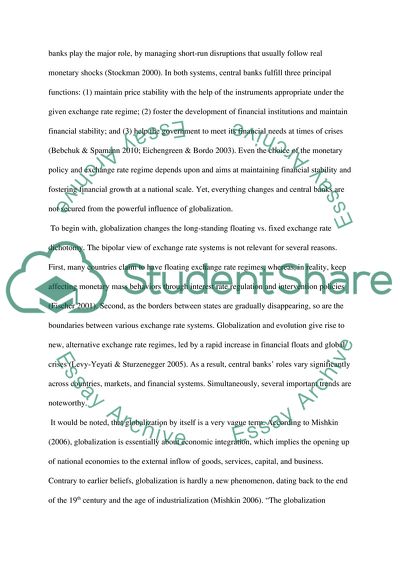Cite this document
(“International Trade & Banking Essay Example | Topics and Well Written Essays - 1000 words”, n.d.)
Retrieved from https://studentshare.org/finance-accounting/1431066-international-trade-banking-international-bank-management
Retrieved from https://studentshare.org/finance-accounting/1431066-international-trade-banking-international-bank-management
(International Trade & Banking Essay Example | Topics and Well Written Essays - 1000 Words)
https://studentshare.org/finance-accounting/1431066-international-trade-banking-international-bank-management.
https://studentshare.org/finance-accounting/1431066-international-trade-banking-international-bank-management.
“International Trade & Banking Essay Example | Topics and Well Written Essays - 1000 Words”, n.d. https://studentshare.org/finance-accounting/1431066-international-trade-banking-international-bank-management.


